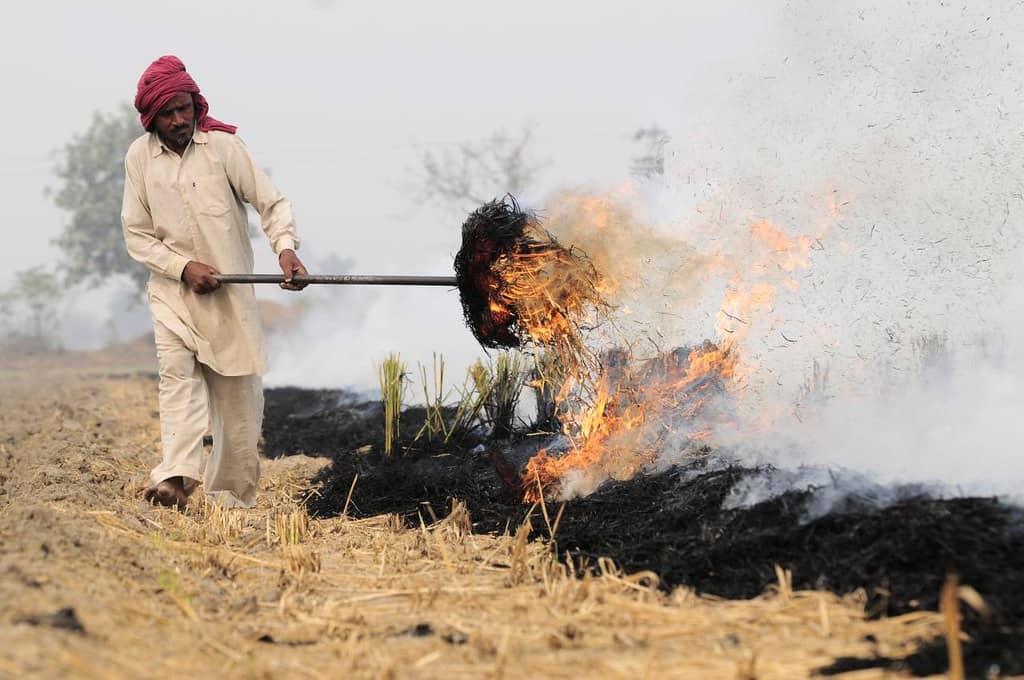How air pollution is holding down wheat yields in India
- From
-
Published on
11.10.19
- Impact Area

Since the start of the Green Revolution in the mid-1960s, India has tripled its wheat yield. Yet air pollution also rose steadily during this period, with deleterious impacts on crops. In a recent paper drawing on published literature, I estimate that the increases in ozone and aerosol pollutants across the northern Indian wheat belt have held yield growth back by about one third.
In other words, India, which produced a record wheat harvest of 100 million tons in 2018-19, could have produced 40 million tons more if the atmosphere were as clean as it was 50 years ago.
India doesn’t really need that additional wheat; it is already close to self-sufficiency. But these findings suggest the economic constraints air pollution imposes; a clean atmosphere would have permitted many Indian farmers to replace wheat with more renumerative crops and to be less dependent on government subsidies, to the benefit of the overall economy.
Photo Credit: Neil Palmer/CIAT
Related news
-

Mapping for Resilience: How Spatial Data is Transforming Karamoja Cluster
Ibukun Taiwo02.07.25-
Climate adaptation & mitigation
Pastoral communities in the Karamoja Cluster (a region spanning Kenya, Uganda, South Sudan, and Ethi…
Read more -
-

Building Resilience and Regeneration: The Central Highlands Ecoregion Foodscape (CHEF)
Sehlule Muzata02.07.25-
Climate adaptation & mitigation
At the CGIAR Sustainable Farming Program (SFP), we believe that collaboration is essential for trans…
Read more -
-

Planting with Precision: How Weather and Climate Information is Changing Bean Farming in Rwanda
The Alliance of Bioversity International and the International Center for Tropical Agriculture (CIAT)01.07.25-
Climate adaptation & mitigation
Imagine weather information as a GPS for farmers. Without it, the journey becomes uncertain, filled…
Read more -
